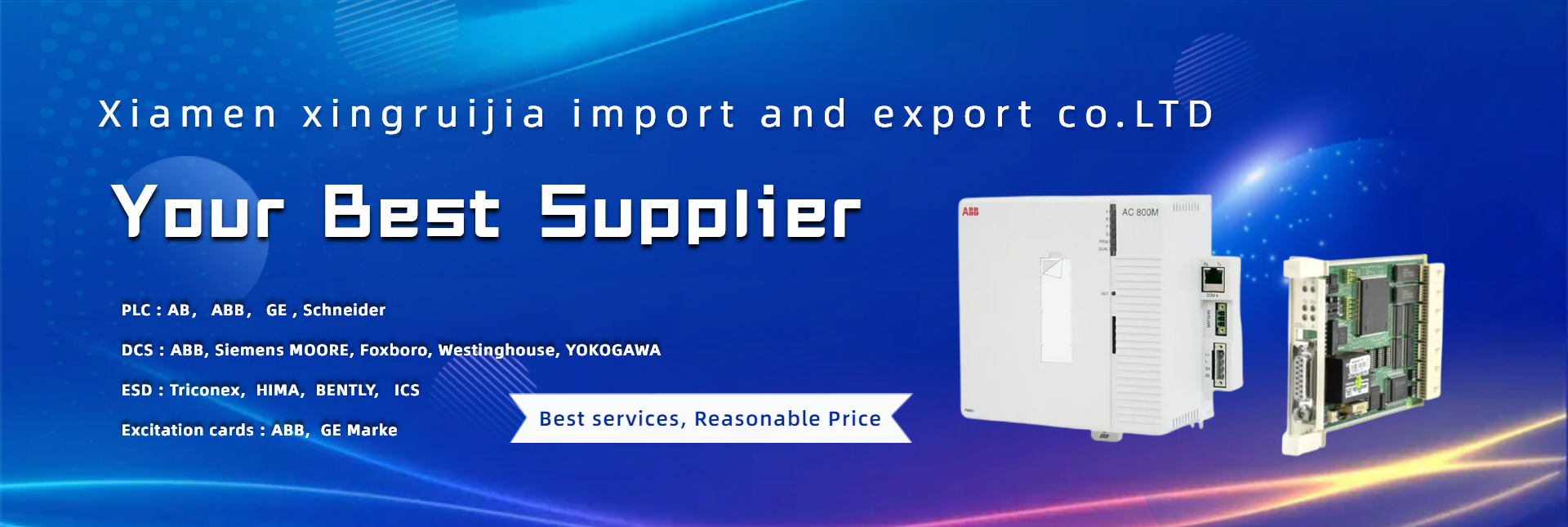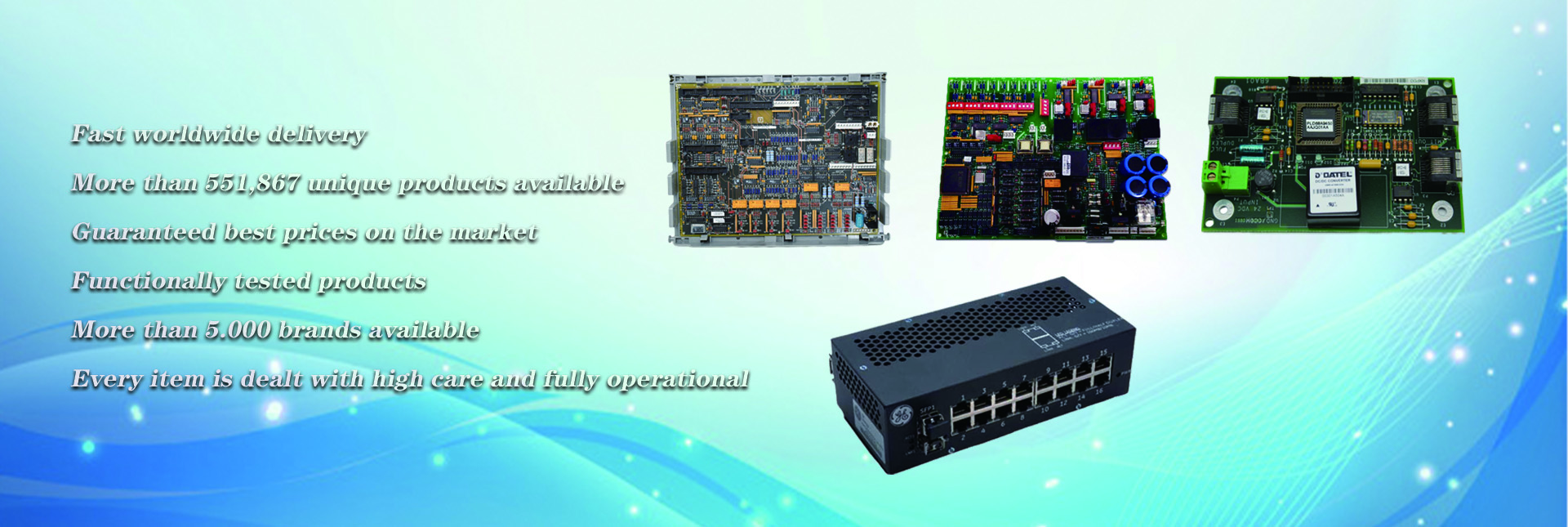PLC is an industrial computer used to control the manufacturing process, such as robot, high-speed packaging, bottling and motion control. In the past 20 years, PLC has added more functions and created more benefits for small factories and devices. PLC usually operates as a stand-alone system, but it can also be integrated with other systems to realize the connection between them through communication. Since each PLC has its own database, integration requires some degree of mapping between controllers. This makes PLC especially suitable for small applications that do not have much demand for expansion.
The DCS system distributes the controller in the automation system, and provides universal interface, advanced control, system-level database and easily shared information. Traditionally, DCS is mainly used in process technology and large plants. In the life cycle of the plant, large system applications are easier to maintain.
PLC and DCS systems are generally applicable to discrete and process manufacturing respectively. Discrete production and manufacturing facilities using PLC system are generally composed of separate production devices, mainly used to complete the assembly of components, such as labeling, filling or grinding. Process manufacturing facilities usually use automated systems to produce according to formula rather than parts in a continuous and batch manner. Large continuous processing equipment, such as oil refineries and chemical plants, all use DCS automation system. Mixed applications usually use both PLC system and DCS system. To select a controller for an application, many factors need to be considered, such as the scale of the process, scalability and future update plan, integration requirements, functions, high availability, and the return on investment of the entire life cycle of the plant facilities.
Post time: Mar-06-2023


